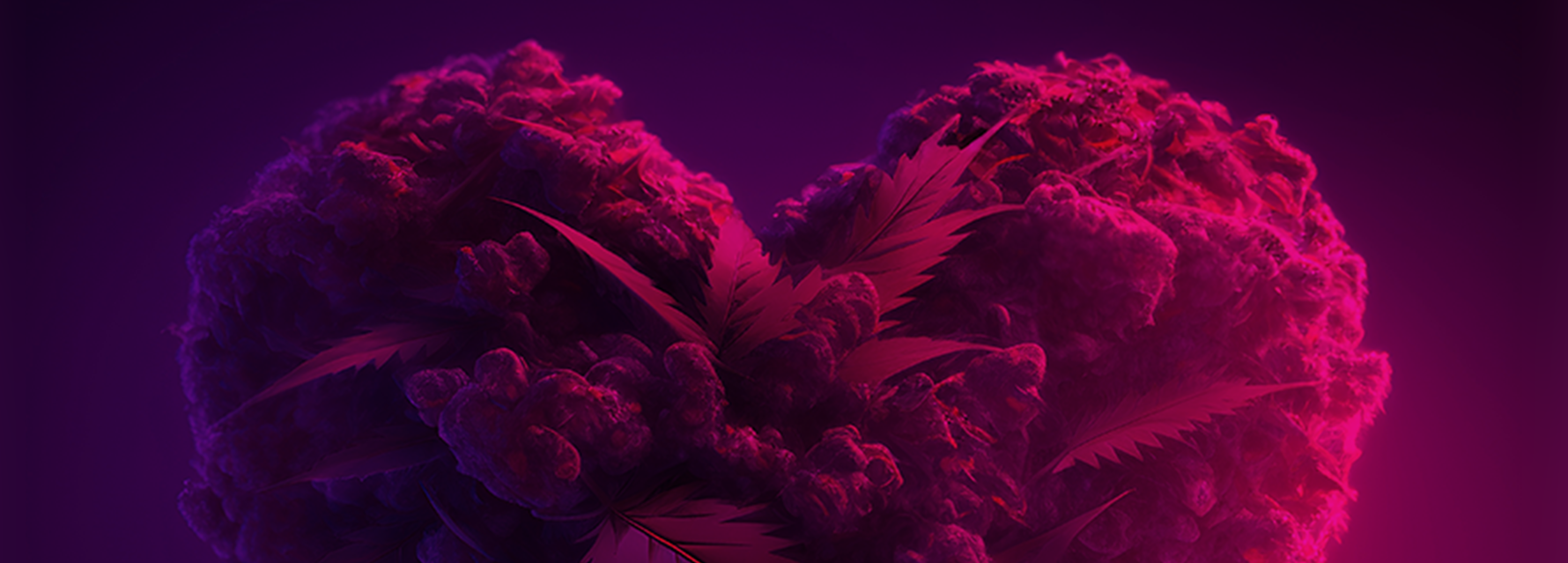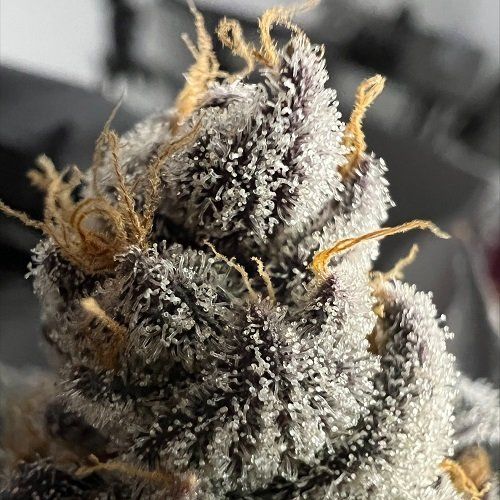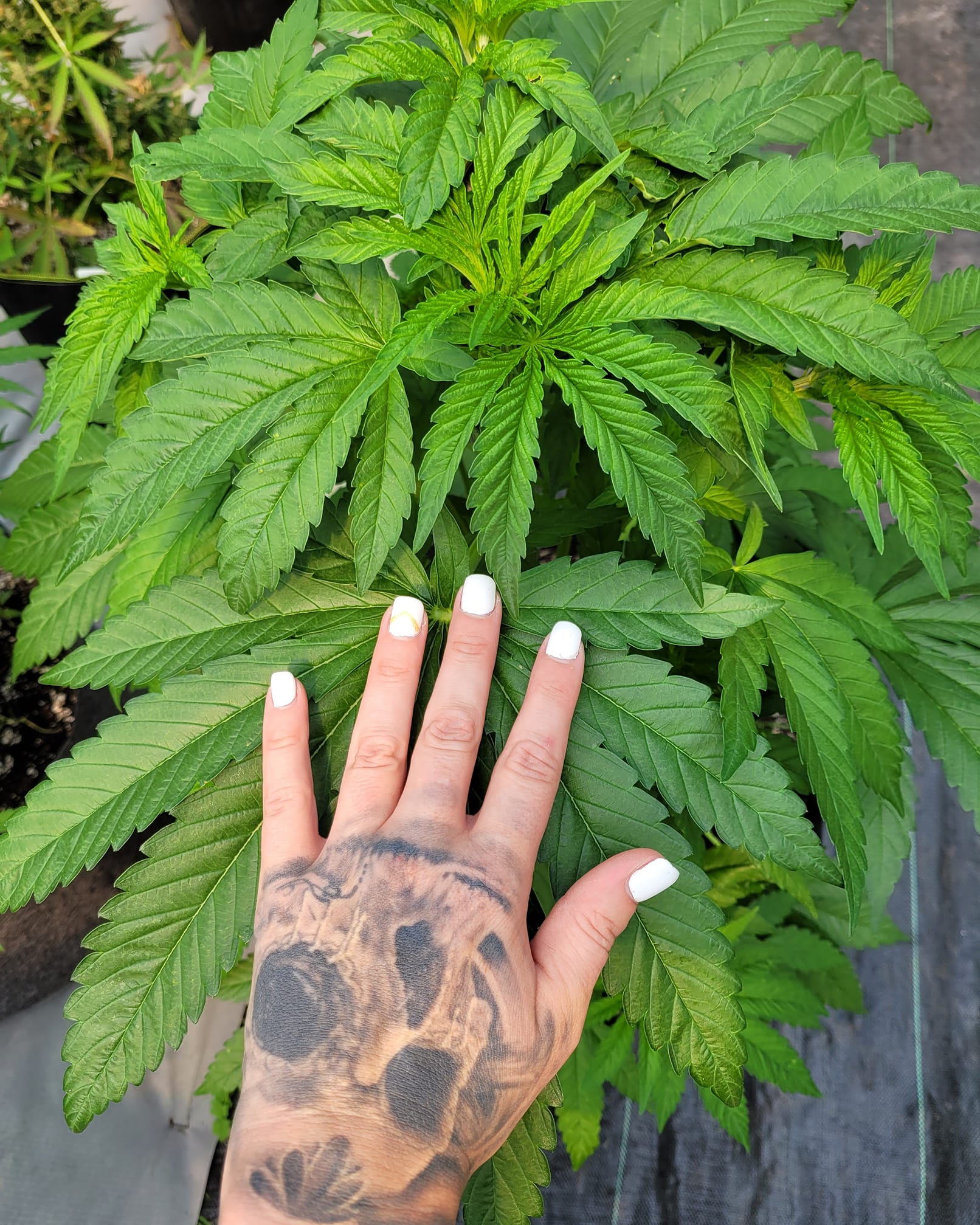You Mean There's More to it Than THC Percentage?

As consumers within the legal cannabis industry grow more educated about the cannabis plant, its public image as a simple source of THC that causes a so-called “high” is fading into an outmoded generalization. Instead, cannabis consumers and enthusiasts alike have grown much more appreciative of the therapeutic potential of its natural components — compounds like cannabinoids (e.g. cannabidiol or CBD) and terpenes. In this post, we go over everything you need to know about the latter, including how it works with cannabinoids to enhance the overall medicinal and therapeutic value of the cat.
Terpenes & The Entourage Effect: In Short
Many are surprised to learn how complicated the science behind marijuana is. Not enough time to read it all? We’ve got you covered. Here are the most salient points.
- Terpenes are found in plants and other living organisms, and are responsible for many different smells and tastes.
- Over 100 different terpenes have been identified in marijuana today.
- Marijuana also contains many different cannabinoids, the most famous of which are CBD and THC.
- When the whole marijuana plant is consumed together (including cannabinoids and terpenes), the effect is believed to be more powerful compared to using THC or CBD alone.
- This synergy of cannabinoids and terpenes is known as “The Entourage Effect”
- When choosing a cannabis strain, pay attention to the terpene profile and the THC and CBD content. This will enable you to choose a strain that achieves the effects your looking for.
- For example, high-CBD, myrcene-dominant strains may help to reduce anxiety and improve sleep.
Piqued your interest? Keep reading for a more in-depth discussion. What Are Terpenes?
Terpenes are a large and diverse class of organic hydrocarbons produced in a variety of plant life including flowers, fruits, vegetables, spices and herbs. They serve a number of roles throughout the growth cycle of plants, such as defending against herbivores and pests, protecting against cold weather and attracting pollinators.
Terpenes are composed of a five-carbon skeleton called an isoprene, which is repeated multiple times to form a terpene. There are over 20,000 different terpenes in nature, and they are produced in a variety of ways. Some terpenes are derived from acetate, which is converted into the terpene isopentenyl pyrophosphate (IPP). IPP is then converted into the terpene geranyl pyrophosphate (GPP), which can be converted into a number of different terpenes.
Typically, terpenoids are extracted from natural sources without any additives or fillers before being sold either as isolates or in blends that emulate specific strain profiles. Let’s go over how the legal cannabis industry — along with a number of others — make use of these organic compounds to enhance their products.
Utilizing their aromatic properties The use of cannabis- and botanically-derived terpenes is becoming increasingly common in a number of products in a number of markets, not the least of which are the restaurant and skincare industries. Terpenes like pinene and limonene, for example, produce fresh, pleasing citrusy aromas that naturally complement everything from facial astringents to premium floor cleaners.
On top of their complementary aroma profiles, pinene and limonene are examples of terpenes that have been shown to increase permeability through the skin, making them no-brainers for infusion into cleansers, moisturizers and quality solvents for easily-damaged flooring or upholstery.
Tapping their therapeutic benefits Terpenes have been shown to produce a variety of benefits, including the reduction of inflammation , slowing the proliferation of cancer cells , and calming anxiety . Some terpenes, like linalool, are also known for their sedative and relaxant effects — making them a good candidate for infusion into cups of tea before bedtime.
Terpenes are responsible for the distinctive aromas and therapeutic effects of several essential oils, including those used for aromatherapy and infusion into cosmetic, beauty and topical sports medicine products.
The Entourage Effect Between Cannabinoids The Entourage Effect is a theory proposed by Israeli organic chemists S. Ben Shabat and Raphael Mechoulam, the so-called “godfather of cannabis.” In contemporary science, the Entourage Effect is a term to describe the processes and interactions wherein cannabinoids produce greater effect when working in tandem than any one cannabinoid alone.
The proposed mechanism known as the Entourage Effect has been around for a while, but is only now being more widely accepted as research into cannabis continues. This theory is supported now by research, which has shown that different cannabis compounds work better together than when used separately. For example, a study found that the combination of THC and CBD was more effective at reducing pain than either cannabinoid used in isolation.
The Entourage Effect Between Cannabinoids & Terpenes More recently, research into entourage effects between cannabis compound have shifted in focus to the synergistic interactions between cannabinoids and terpenes. Let’s look at myrcene as an example: this terpene has been shown to decrease resistance through the blood-brain barrier (BBB) , which has significant implications on how cannabinoids like CBD are received by the endocannabinoid system (ECS) .
CBD and the Endocannabinoid System In brief, the ECS is a network of cannabinoid receptors located throughout the body — even in muscle and fascia. In CBD’s case, the most important cannabinoid receptors are the CB1 and CB2 receptor groups, which are in the nervous system, peripheral organs and immune system. CBD works with these receptors to modulate the body’s sensitivity and response to neurotransmitters and signaling molecules like prostaglandins and cytokines. This in turn influences the uptake and throughput of hormones like dopamine and serotonin into the brain, giving CBD an appreciable role in the management of symptoms of anxiety, mood and sleep disorders.
The synergistic interaction between myrcene and CBD is just one example of the entourage effects between terpenes and cannabinoids in myrcene dominant, high CBD strains. With time and additional research, consumers within the legal cannabis industry will likely develop a much more thorough understanding of the Entourage Effect, as well as an increased appreciation for the role of terpenes.
RIZE is a registered Michigan Limited Liability Corporation, and not affiliated with any other state or national organization. All information on our website is provided for informational purposes only and is not intended to be a substitute for medical advice under any circumstance. Always consult your primary care physician or other qualified healthcare provider prior to using marijuana or a marijuana product for treatment of a medical condition.












